International Design Perspectives #3
As the design world has slowly begun to reintroduce a mainstay of the annual calendar – international trade shows – we thought it time to celebrate the renewed energy and hope that this provides to the industry with a series of articles that highlight some of the best moments of the past few months. Next up is one of the most creative and forward-thinking event in the rostrum of shows, Dutch Design Week.
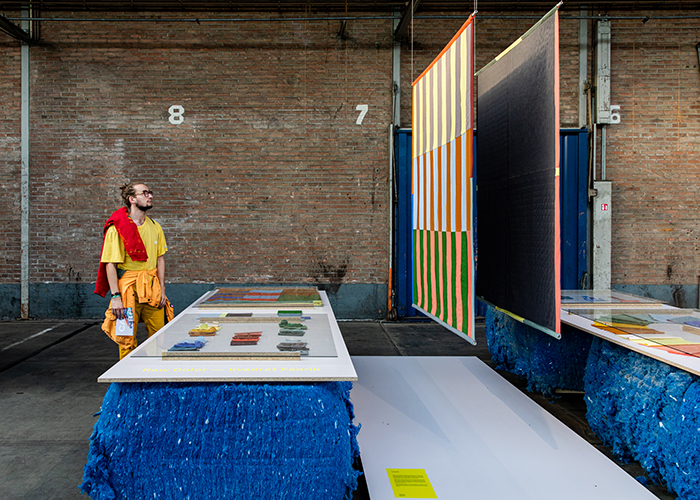
Fuutlaan – Cabinet of Collaborations
As has always been customary pre-pandemic, the show took over Eindhoven during October this year. The city is home to Philips Research Headquarters and therefore is accustomed to innovation, but it was certainly more bustling with creativity and people this year compared to last. Much like other leading international trade shows, DDW had it’s own over-aching theme that serves as direction from which questioning and understanding might be achieved and this year that was The Great number – the search for a better number. The primary concern of the theme was to explore how design might help in the quest for a “better number,” which came as “a response to humanity’s rampant addiction to growth.” As ever, the show offered plenty of challenging speculative design from which much debate and further development can, hopefully, be achieved.
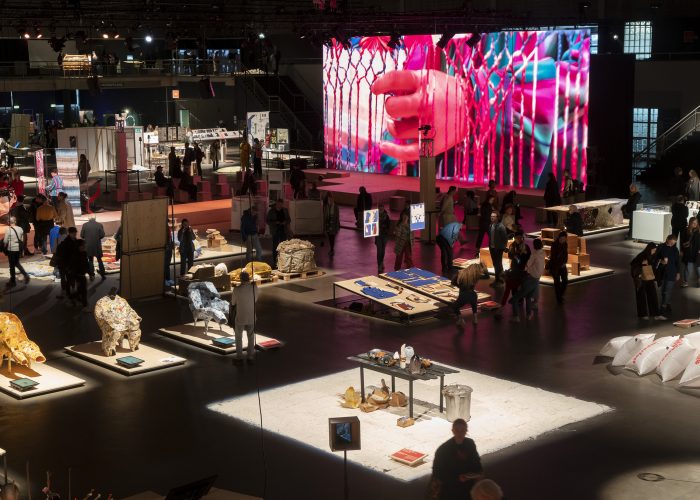
Graduation Show
One of the central tenants of the show has always been the Design Academy Eindhoven Graduation Show, with BA and MA graduates from courses such as, Social Design, Contextual Design and, GEO-DESIGN showcasing the culmination of their many years of study. The show is also an opportunity for the school itself to show and define it’s own design agenda, which in itself asks students big questions such as “Who are you? Who do you want to be? What kind of world do you want to live in?” The results are as diverse and unique as every individual who produces work for the event; some 160 students in total, and the event creates the opportunity for them to present to and interact with thousands of international visitors.
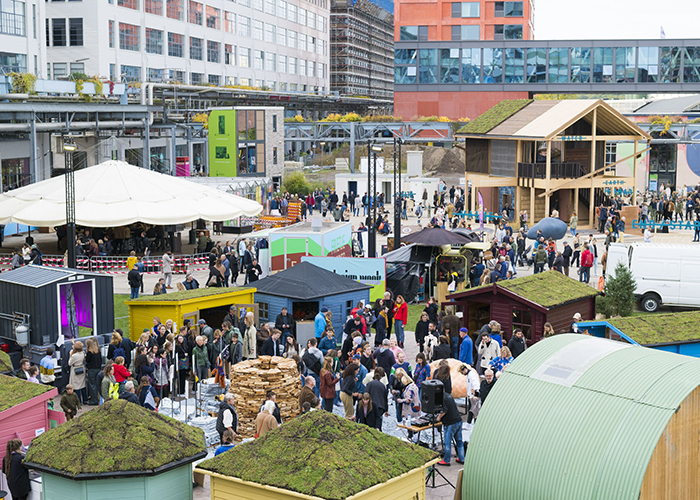
Ketelhuisplein
Across town, occupying former Philips industrial buildings is Strijp T+R. Right in the middle of the gridded layout of factory style buildings is the open outdoor space know as Ketelhuisplein, which consistently offers space for exciting installations and pioneering eateries. This year artist Arne Hendriks presented Hara Hachi Bu, which operated under the tagline “A testing ground for enough instead of more.” The Japanese phrase actually means to eat until you are no longer hungry rather eating consuming until you can consume no more, and as this suggests, designing with a less-is-more approach was key in the production of the mini village of buildings.
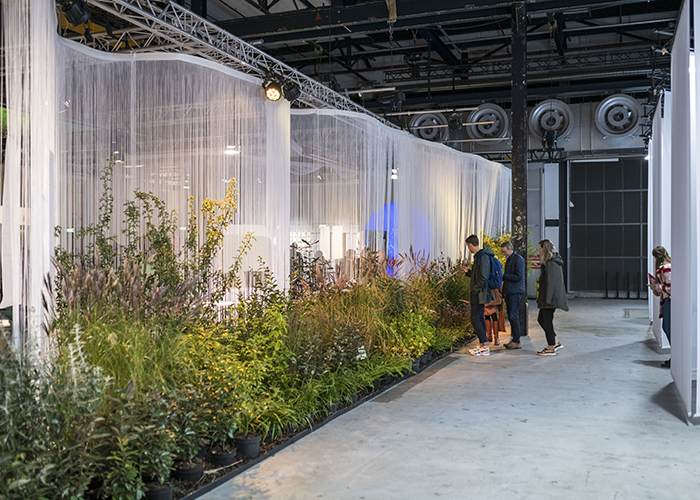
Klokgebouw
Opposite, the Klokgebouw building plays host to an array of exhibitions that intersect scientific research, technology and design. The title to this year’s showing was It’s in our nature and the works on display shared in the exploration of the relationship between humans and nature. Using the dual-analogy of “zooming in and out,” exhibits either took the micro-view or the broader perspective on how we interact with nature and how these habits may change, potentially in a very necessary way, in the future. Those that “zoom in” and work directly with nature include designers who’ve teamed up with specialists from other fields, not least scientists, in the quest to generate new skills and develop new design solutions including biomaterials, living structures and recycled waste streams.
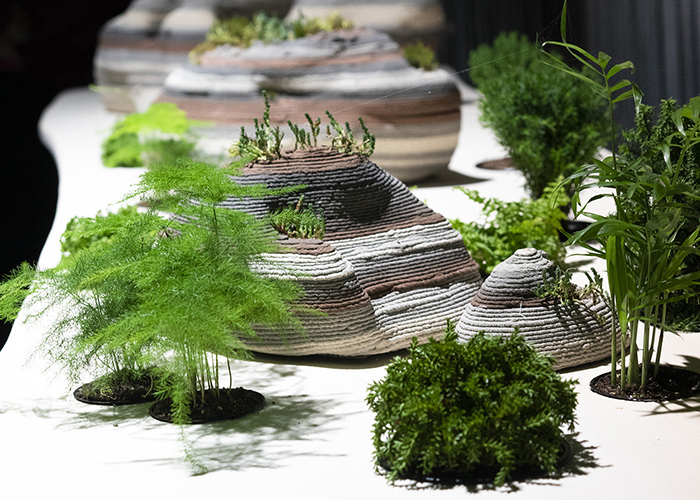
Klokgebouw – It’s in our nature
Along with this though comes a new line of enquiry that questions the ethics of designing with living, non-human organisms. It’s an interesting and until now, unasked question, in the hunt for more sustainable design resolutions. By “zooming out,” designers are able to take a step back and consider the bigger picture, which acknowledges that our collective experience of nature is determined by human-made systems and therefore we need to attune our drive for progress to the nature around us, rather than seeing ourselves as sitting above it.
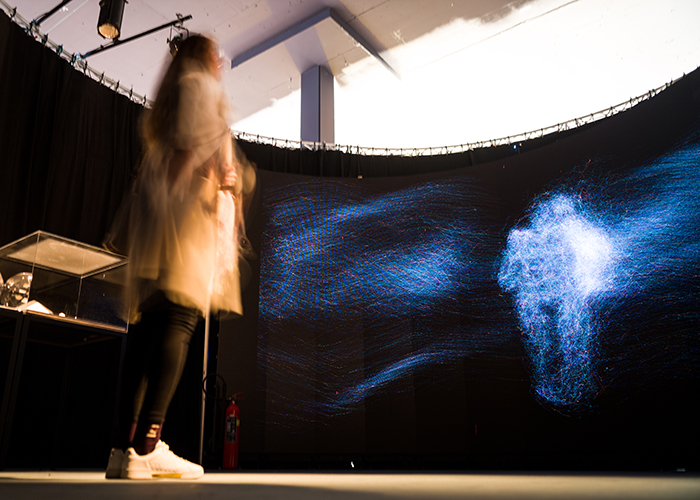
Microlab – Things that matter
As apposed to nature, exhibits in the new Microlab Hall focused on the specific relationships between humans and objects under the Things that matter banner. With so much stuff available to the majority of us, something that pandemic-influenced online shopping bought into the sharpest of focus, it can be hard to decipher which of our possessions really mean anything to us. Works on display looked to challenge this by highlighting the craft, meaning and personal connections that objects can carry in our day-to-day lives, thus elevating their value.
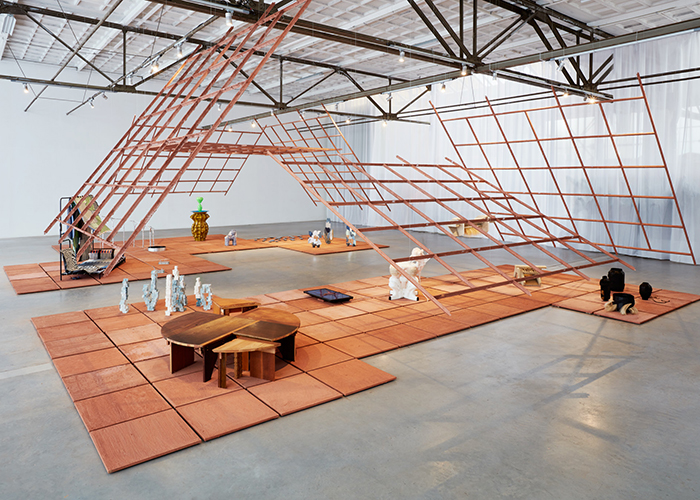
Intervuals
The Dutch Invertuals showing is always one that looks ahead; to predict how design can influence the way we will live in the future. As Wendy Plomp, Design Director of the show pointed out, “We need to rethink our relationship with objects and our role as designers within our society,” and The Future Laboratory’s exhibition Objects for New Kind of Society did just that. The show was a chance to extend the team’s research around the idea of Equilibrium Cities and ultimately posited the idea of deceleration and a scaling back in order to create a better balance to urban living. Each work in the semi-deconstructed display was posed as a remedy to this conundrum, with furniture, textiles and products from the likes of Johanna Seelemann, Sander Hagelaar and Christoph Dichmann.
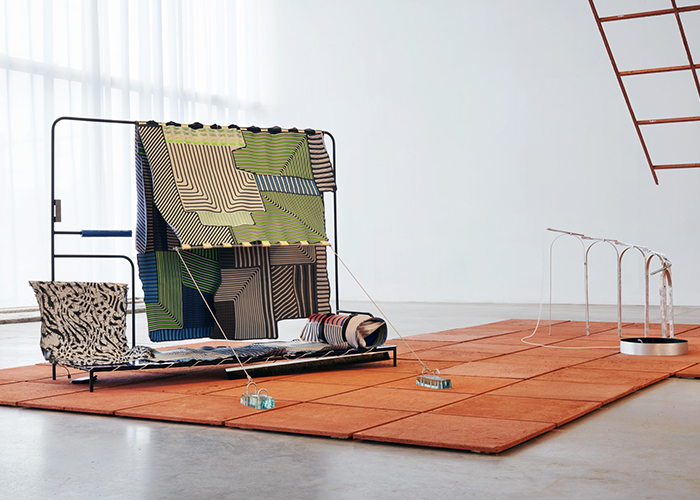
Intervuals
Keep your eyes peeled for more from the International Design Perspectives series.




